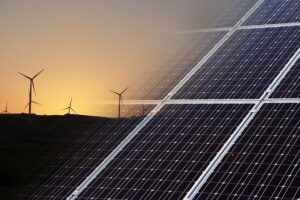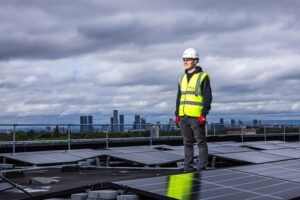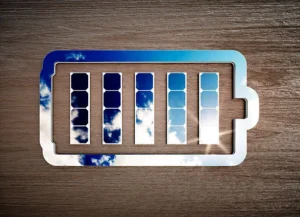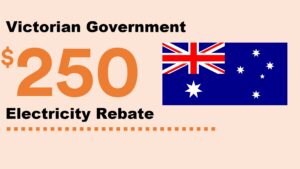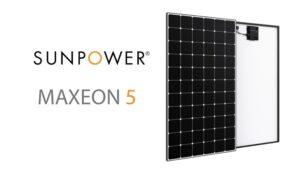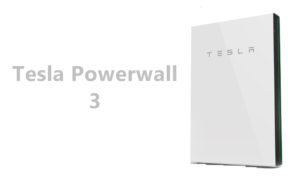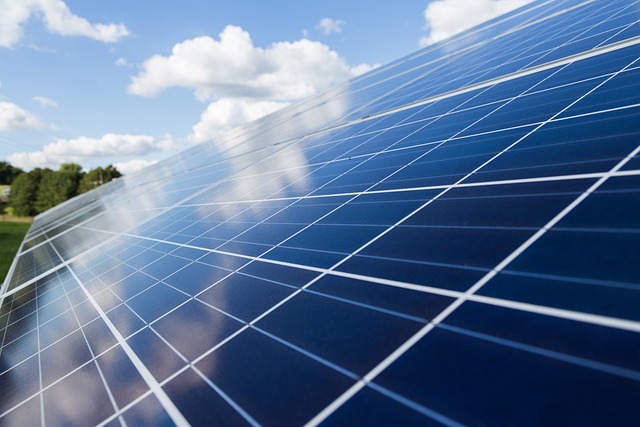
As renewable energy becomes increasingly essential for both environmental and economic reasons, solar power has emerged as a popular choice for Australian households and businesses. With its abundant sunlight, Australia is an ideal location for harnessing solar energy. However, one of the primary considerations for those contemplating this green transition is the cost of solar panel installation. This comprehensive guide aims to provide detailed insights into the factors influencing these costs, the benefits of solar energy, and how to make the most of available incentives and rebates.
Factors Influencing the Cost of Solar Panel Installation
1. System Size and Capacity
Small Systems (1-3 kW): Suitable for small households with minimal energy needs. Installation costs range from $3,000 to $5,000.
Medium Systems (4-6 kW): Ideal for average households. Costs typically range from $5,000 to $8,000.
Large Systems (7-10 kW): Designed for larger households or small businesses. Installation costs range from $8,000 to $12,000.
Commercial Systems (10+ kW): Custom installations for businesses with costs varying significantly based on the scale and specific requirements.
2. Type, Quality, and Cost of Solar Panels
Monocrystalline Solar Panels: Known for high efficiency and sleek design, but they are more expensive. Prices range from $1.00 to $1.50 per watt.
Polycrystalline Solar Panels: Less efficient but more affordable, with costs ranging from $0.80 to $1.00 per watt.
Thin-Film Solar Panels: Flexible and lightweight but generally less efficient and less common in residential installations.
| Aspect | Monocrystalline | Polycrystalline | Thin-Film |
| Material | Pure silicon | Silicon crystals melted together | A variety of materials |
| Efficiency | 24.4% | 19.9% | 18.9% |
| Cost | Moderate | Least expensive | Most expensive |
| Life Span | Longest | Moderate | Shortest |
| Manufacturing Carbon Footprint (g CO2-eq/kWh) | 38.1 | 27.2 | As little as 21.4, depending on type |
| Cost Range in Australia (per watt) | AUD $1.50 – $2.50 | AUD $1.20 – $2.00 | AUD $1.00 – $1.80 |
3. Inverter Type
String Inverters: Common and cost-effective, with prices ranging from $1,000 to $2,000.
Microinverters: Offer better performance and monitoring but at a higher cost, typically between $2,000 to $3,000.
Hybrid Inverters: Combine solar and battery storage capabilities, costing between $2,000 to $4,000.
4. Installation and Labor Costs
Installation costs can vary significantly based on the complexity of the installation, the height and accessibility of the roof, and the specific labor rates in different regions. On average, labor costs range from $1,000 to $3,000.
Cost of Solar Panel System by State
| State | 1.5 WW | 2 KW | 3 KW | 4 KW | 5 KW | 6 KW |
| Western Australia | $2,450 | $2,170 | $3,010 | $3540 | $3650 | $4210 |
| Victoria | $3,215 | $3,478 | $3,984 | $4,599 | $5,440 | $6,650 |
| South Australia | $2,792 | $3,150 | $3,650 | $4,185 | $4,722 | $5,320 |
| Queensland | $3,280 | $3,620 | $3,860 | $4,650 | $4,980 | $5,638 |
| New South Wales | $2,950 | $3,230 | $3,690 | $4055 | $4,450 | $5,166 |
| Avg. of All Combined | $2,909 | $3,211 | $3,655 | $4,201 | $4,633 | $5466 |
| Aust. Capital Territory | $2,770 | $3,080 | $3,740 | $4,180 | $4,560 | $5,810 |
5. Geographic Location
Installation costs can vary by state and territory. For example, costs might be higher in remote areas due to additional logistics and travel expenses.
6. Permits and Inspections
Compliance with local regulations and the need for permits and inspections can add to the overall cost. These costs typically range from $200 to $1,000 depending on the local council requirements.
Benefits of Solar Energy
1. Energy Savings and Return on Investment (ROI)
Solar panels can significantly reduce electricity bills. Depending on system size and energy usage, most households can expect to see savings of $1,000 to $2,500 per year.
The ROI period usually ranges from 3 to 7 years, after which the savings essentially turn into profit.
2. Environmental Impact
Solar energy reduces greenhouse gas emissions, decreasing the carbon footprint of households and businesses. A typical residential solar system can offset approximately 2 to 3 tonnes of CO2 annually.
3. Increase in Property Value
Homes with solar installations often have higher market values and are more attractive to buyers. Studies indicate that solar panels can increase property values by up to 4%.
4. Energy Independence
Solar energy provides a degree of independence from the grid, offering protection against rising electricity costs and power outages, especially when paired with battery storage.
Government Incentives and Rebates
1. Small-Scale Technology Certificates (STCs)
The Australian government offers STCs as part of the Renewable Energy Target. The number of STCs you receive depends on your location, the size of your system, and the amount of electricity it generates. These certificates can be traded for a discount on the installation cost, often reducing the upfront investment by several thousand dollars.
2. Feed-in Tariffs (FiTs)
Many states offer FiTs, where households are paid for excess electricity they feed back into the grid. Rates vary by state and energy retailer, typically ranging from 6 to 20 cents per kWh.
3. State-Specific Rebates and Programs
Victoria: The Solar Homes Program offers rebates of up to $1,400 for solar PV systems, plus an interest-free loan option.
New South Wales: The Empowering Homes program provides interest-free loans for solar and battery systems.
South Australia: The Home Battery Scheme offers subsidies for battery storage systems, reducing overall costs.
Choosing the Right Solar Installer
1. Accreditation and Experience
Ensure that the installer is accredited by the Clean Energy Council (CEC) and has a proven track record of successful installations.
2. Warranties and After-Sales Service
Look for companies offering comprehensive warranties on both the panels (typically 25 years) and inverters (usually 5 to 10 years). After-sales service is crucial for ongoing maintenance and support.
3. Customer Reviews and References
Research customer reviews and seek references from previous clients to gauge the reliability and quality of the installer’s work.
Conclusion
Investing in solar panels in Australia is a strategic decision that offers substantial long-term financial and environmental benefits. While the initial installation costs can be significant, numerous factors, including government incentives and decreasing technology costs, make it a viable and attractive option. By understanding the various components that contribute to the cost and the potential savings, homeowners, and businesses can make informed decisions that align with their energy needs and financial goals. Switching to solar energy not only contributes to a sustainable future but also provides economic resilience against fluctuating energy prices, making it a wise choice for many Australians.
Read Next Blog:

